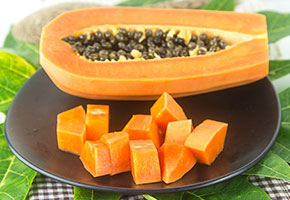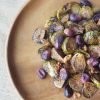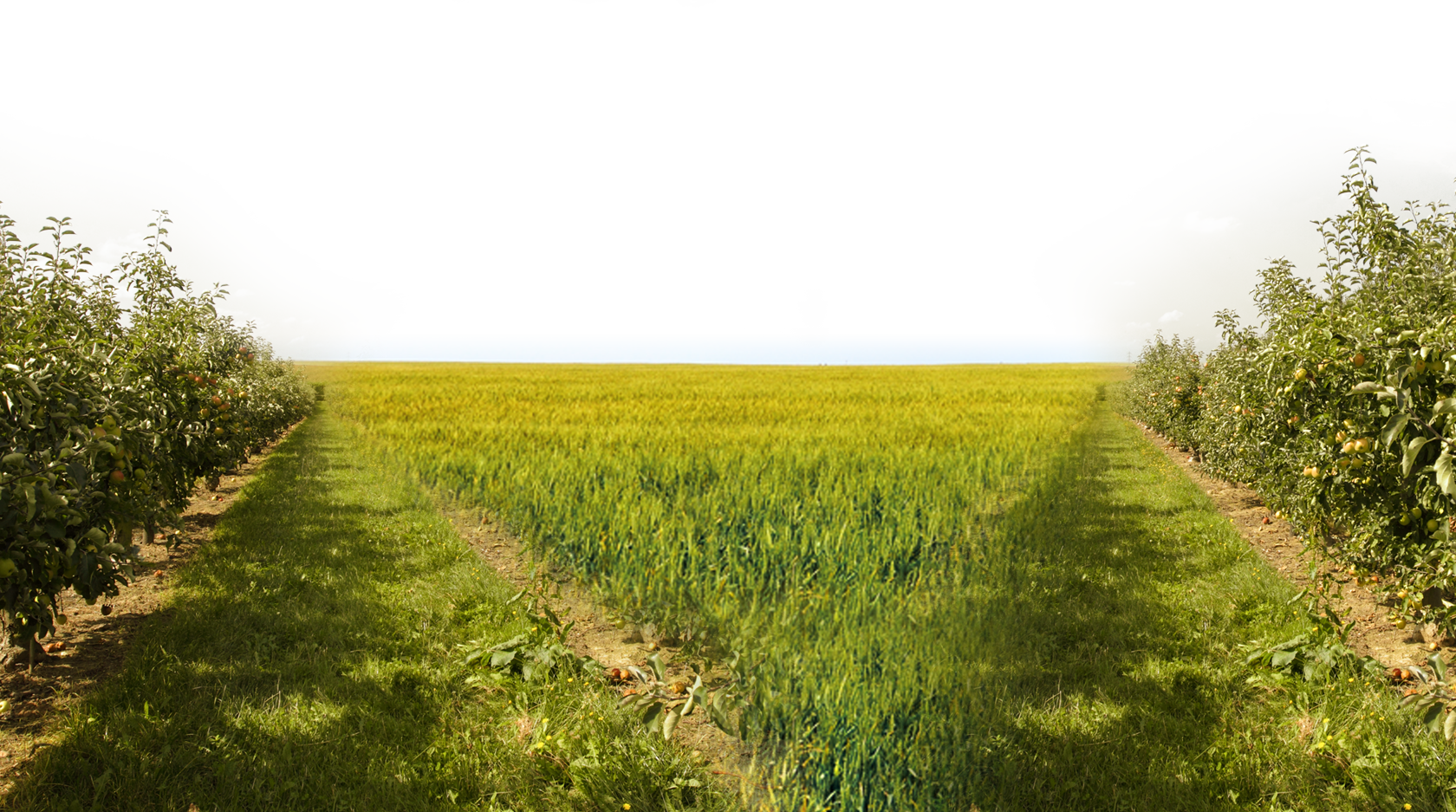
A papaya a day…?
By Linda Bonvie | 1 Comment | Posted 02/16/2015
It’s always a perfect season for papayas — especially winter. And with what this amazing fruit offers health-wise, there’s no reason to wait for that Hawaiian vacation to have some.
Maybe that’s why papayas have blossomed in popularity over the past few years. It now trails only pineapples and mangoes in total tropical fruit production, worldwide. Because along with its delicious flavor, papayas are being touted as one of the healthiest of fruits.
According to food fact.com, papaya is a natural remedy for many ailments, including atherosclerosis, heart disease, and rheumatoid arthritis. It also fosters digestive and immune system health.
Papaya also contains the flavonoid beta carotene, proven to help protect against lung and mouth cancers. Other flavonoids in the fruit are lutein, zeaxanthin, and cryptoxanthins, all of which have potent antioxidant properties against free radicals – the bane of the human body.
And in the U.S., fresh papaya is now more available than ever.
The two primary varieties of papaya are the Mexican and the Hawaiian. Although they’re the same fruit, there’s a world of difference between the two — most markedly, a size difference.
The Mexican variety is much larger and can be more than 15 inches long and weigh up to 20 pounds. Its flesh is reddish, with a sweet flavor, slightly milder the Hawaii variety. Due to its size, the Mexican variety is most commonly used for juices and dried products.
Hawaiian papayas — the most common variety found in supermarkets and specialty stores — are pear-shaped, yellow-skinned (when ripe) and weigh in at about a pound. The flesh is commonly golden yellow but can also be reddish orange.
When shopping for papayas, the Hawaiian Papaya Industry Association suggests looking for fruit with smooth, unblemished skin; partly or completely yellow in color. Obvious bruises on the outside of papayas often mean a mushy, less-flavorful area of flesh inside.
Ripened papayas should be placed in a plastic bag and refrigerated. They are best eaten in a day or two but can keep for up to a week.
If papayas reach the market with green still showing, they can easily be ripened at home by leaving them in a paper bag at room temperature.
Important: Wash the outside of a papaya before cutting — to prevent any contaminants on the fruits skin from being transferred inside.
If you’re looking for a creative new way to enjoy papayas, try this hot – and cool – papaya treat:
Spicy Papaya Guacamole, courtesy Food Network Kitchen
Directions: Combine 1 diced small papaya and the juice of 1 lime in a bowl. Mash 1/2 chopped seeded habanero chile and 1/2 teaspoon kosher salt into a paste with a large knife, then add 1/2 cup cilantro and mince. Add the chile mixture to the bowl along with 2 diced avocados and 1/2 diced red onion, stir until combined and season with salt.


 Contact us
Contact us




























One Response to A papaya a day…?